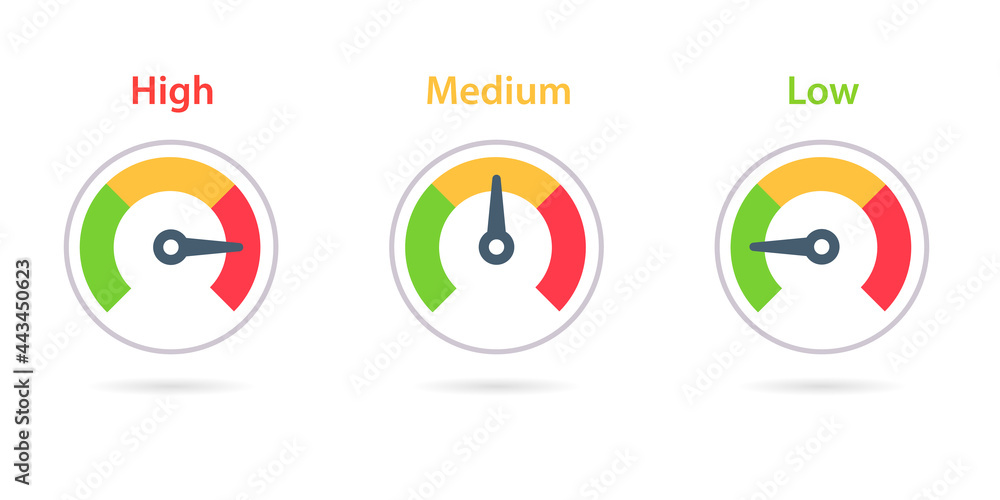Cephalexin, also known by its brand name Keflex, is a type of antibiotic that belongs to the group of cephalosporins. It is used to treat a variety of bacterial infections by inhibiting the growth of bacteria. Cephalexin works by interfering with the formation of the bacterial cell wall, which is essential for the survival of the bacteria. Without a functional cell wall, the bacterial cells cannot survive, and the infection is eventually cleared by the body’s immune system.
History and Development
Cephalexin was first introduced in the 1960s and has since become one of the most commonly prescribed antibiotics. It was developed as part of the broader class of cephalosporin antibiotics, which were first discovered in the 1940s. The development of cephalexin marked a significant advancement in the treatment of bacterial infections, offering an effective alternative to penicillin, especially for patients who are allergic to penicillin.
Uses
Cephalexin is prescribed for a wide range of bacterial infections, including:
- Skin infections: Such as impetigo, folliculitis, and cellulitis.
- Urinary tract infections (UTIs): Including infections of the kidney (pyelonephritis) and bladder (cystitis).
- Respiratory tract infections: Such as bronchitis and pneumonia.
- Bone and joint infections: Like osteomyelitis and septic arthritis.
- Genital infections: Including certain sexually transmitted infections.
It’s crucial to note that cephalexin is effective only against bacterial infections and will not work for viral infections, such as the common cold or flu.
Administration and Dosage
Cephalexin is typically administered orally in the form of capsules or suspensions. The dosage and duration of treatment depend on the type and severity of the infection being treated. It’s essential to complete the full course of treatment as prescribed by the healthcare provider, even if symptoms improve before finishing the medication. Stopping the antibiotic too early can lead to the development of antibiotic-resistant bacteria.
Side Effects and Interactions
Like all medications, cephalexin can cause side effects, although not everyone who takes the antibiotic will experience them. Common side effects include:
- Diarrhea
- Nausea
- Vomiting
- Abdominal pain
- Rash
More severe side effects, which are less common, can include allergic reactions, severe diarrhea, and certain blood disorders.
Cephalexin can also interact with other medications, including blood thinners, metformin, and proton pump inhibitors, among others. It’s essential to inform your healthcare provider about all medications you are currently taking before starting cephalexin.
Resistance and Future Perspectives
The overuse and misuse of antibiotics, including cephalexin, have led to the development of antibiotic-resistant bacteria. This is a significant public health concern, as it limits the effectiveness of antibiotic treatments. Efforts to promote judicious use of antibiotics, develop new antibacterial agents, and enhance infection prevention and control practices are underway to combat this issue.
Conclusion
Cephalexin is a valuable antibiotic for treating various bacterial infections. Its effectiveness, coupled with its relatively favorable side effect profile, has made it a staple in the treatment of bacterial infections. However, the rise of antibiotic resistance emphasizes the need for its prudent use and the development of new therapeutic strategies to combat bacterial infections effectively.
What is cephalexin used for?
+Cephalexin is used to treat a variety of bacterial infections, including skin, urinary tract, respiratory tract, bone, and genital infections.
How does cephalexin work?
+Cephalexin works by inhibiting the formation of the bacterial cell wall, which is essential for the survival of the bacteria.
What are common side effects of cephalexin?
+Common side effects include diarrhea, nausea, vomiting, abdominal pain, and rash. More severe but less common side effects can include allergic reactions and certain blood disorders.
Can cephalexin be used for viral infections?
+No, cephalexin is effective only against bacterial infections and will not work for viral infections, such as the common cold or flu.
Why is it important to complete the full course of cephalexin treatment?
+Completing the full course of treatment is crucial to ensure that the infection is fully cleared and to prevent the development of antibiotic-resistant bacteria.
In conclusion, while cephalexin is an effective treatment for many bacterial infections, its use must be approached with caution and respect for the potential development of resistance. As with all antibiotics, it should be used under the guidance of a healthcare provider and as part of a broader strategy to combat bacterial infections effectively and responsibly.



